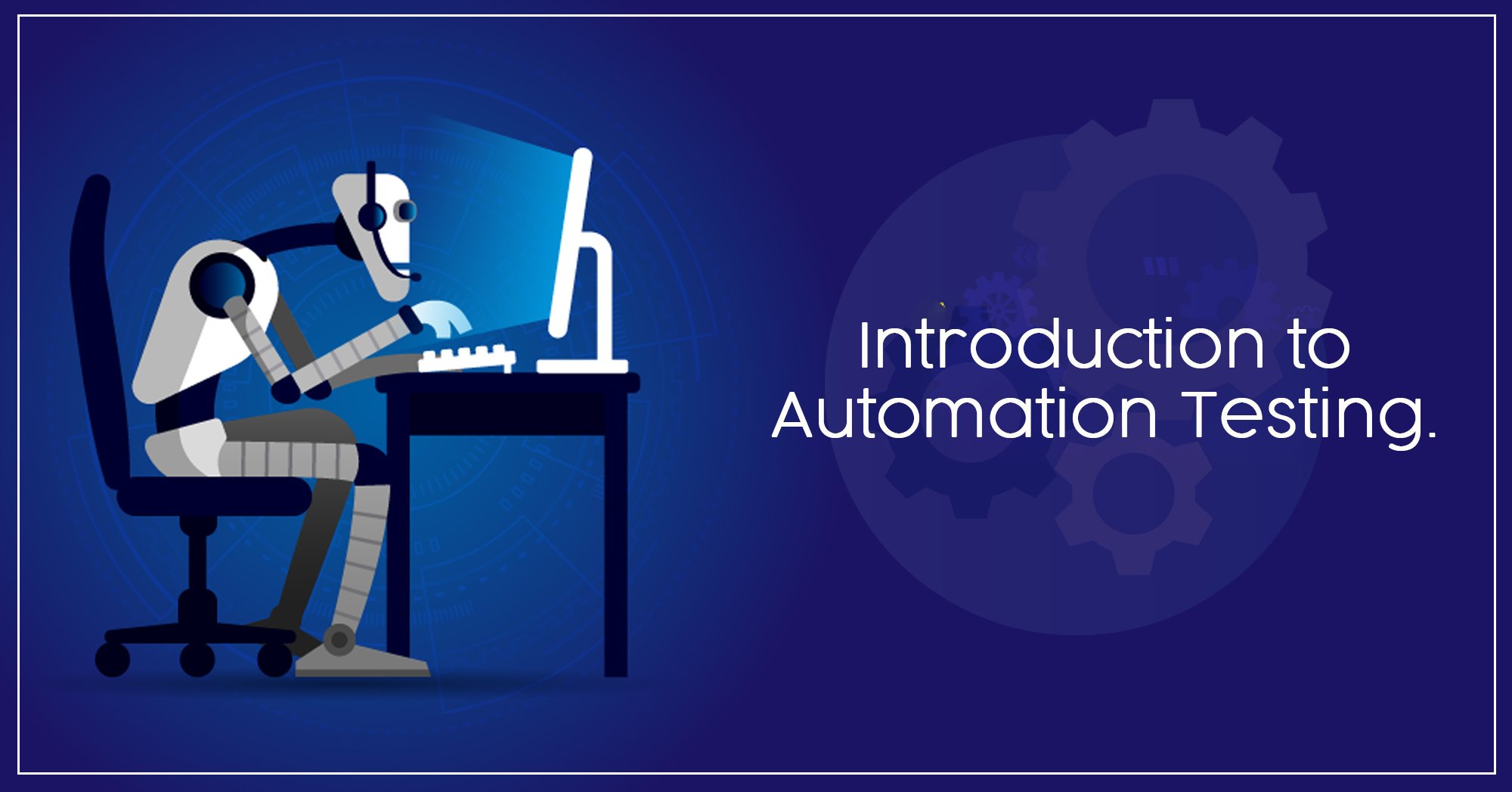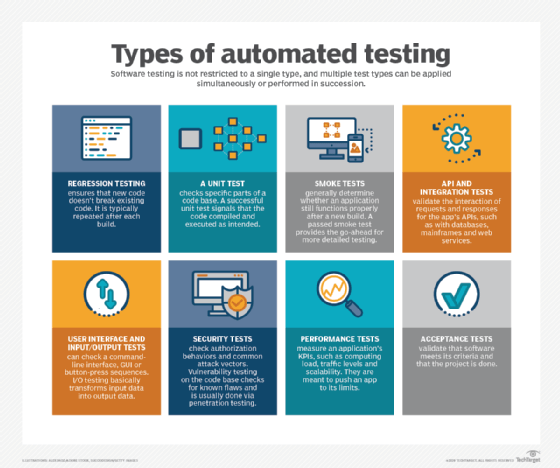Choosing the Right Tools for Effective Automation Testing Solutions
Choosing the Right Tools for Effective Automation Testing Solutions
Blog Article
From Guidebook to Automated Screening: A Comprehensive Guide to Transitioning Efficiently and Effectively
In the world of software application testing, the shift from handbook to automated procedures has come to be a progressively vital change for companies looking for to improve performance and accuracy in their screening methods. The trip from guidebook to automated screening is not without its obstacles, however when come close to purposefully and with a clear strategy in mind, the advantages can be substantial.
Advantages of Automated Evaluating
Automated screening supplies numerous advantages, enhancing effectiveness and accuracy in software application growth procedures. Automated tests can be run concurrently on numerous tools and running systems, considerably speeding up the screening stage compared to manual screening.
In addition, automated screening ensures a higher level of precision in discovering issues. Since automated tests comply with predefined manuscripts, human mistake is decreased, bring about even more reliable test results. Uniformity in screening is also improved, as automated tests carry out the very same actions specifically each time they are run. This uniformity is critical in making certain that all capabilities of the software application are completely checked, decreasing the possibility of undiscovered bugs sliding with to production.
Choosing the Right Tools

Firstly, evaluate your goals and demands. Understand the scope of your project, the innovations involved, and the capability of your team. This analysis will certainly aid you determine the features and capacities you call for in your screening devices.
Secondly, consider the compatibility of the tools with your existing systems and processes. Smooth combination with your existing software program advancement lifecycle is important to ensure a smooth shift to automation.
Furthermore, review the scalability and flexibility of the devices. As your screening requires progress, the tools should have the ability to adapt and suit adjustments successfully.
Last but not least, consider the support and area around the devices. Robust assistance and an energetic user area can supply important sources and help when implementing automated screening. By meticulously taking into consideration these elements, you can choose the right tools that straighten with your demands and set the stage for a successful transition to automated testing.
Creating Effective Test Manuscripts

When crafting test manuscripts, it is vital to consider the specific demands of the software program being evaluated and make certain that the scripts address all important capabilities. Descriptive and clear naming conventions for examination manuscripts and test cases can boost readability and maintainability. Additionally, incorporating mistake handling mechanisms within the test manuscripts can aid in recognizing and dealing with problems quickly.
In addition, organizing examination scripts into modular parts can boost reusability and scalability, reducing redundancy and improving performance in test script upkeep. Normal reviews and updates to evaluate manuscripts are essential to equal evolving software application needs and capabilities. By following these principles, testers can produce reliable and robust test scripts that contribute dramatically to the success of automated screening processes.
Integrating Automation Into Workflows
By flawlessly integrating automated screening tools like Selenium or Appium right into the software application growth lifecycle, teams can attain faster comments on code adjustments, leading to quicker insect discovery and resolution. This combination permits for continuous screening throughout the development procedure, ensuring that any type of concerns are determined early on, resulting in greater software high quality. Proper combination of automation devices requires partnership in between development, testing, and procedures teams to establish a unified operations that optimizes effectiveness and performance in delivering premium software program products.
Making Sure a Smooth Change
Successfully transitioning to automated testing entails meticulous planning and cautious implementation to minimize interruptions and optimize effectiveness in the software program development process - automation testing. To guarantee a smooth shift, it is crucial to begin by conducting a detailed analysis of the current testing processes and identifying areas where automation can bring the most considerable advantages. Involving with all stakeholders early on in the process, including designers, testers, and task supervisors, is crucial for garnering assistance and buy-in for the automation campaign
Interaction is vital throughout this change stage. Clear interaction of the objectives, advantages, and assumptions of automated screening assists to handle any type of resistance or issues that may occur. Furthermore, offering sufficient training and resources for employee to upskill in automation devices and methods is important for guaranteeing a successful transition.

Final Thought
To conclude, transitioning from handbook to automated screening provides many advantages, consisting of raised performance and integrity. By picking the appropriate tools, writing effective test scripts, and integrating automation seamlessly into workflows, organizations can ensure a smooth and successful transition. It is vital to accept automation as an important her explanation possession in software application testing processes to improve total top quality and performance.
In the world of software application testing, the shift from manual to automated procedures has actually ended up being a progressively vital transition for companies looking for to enhance efficiency and precision in their screening methods. Automated tests can be reference run simultaneously on multiple tools and running systems, drastically speeding up the screening phase compared to hand-operated screening. Consistency in testing is additionally enhanced, as automated tests execute the very same actions exactly each time they are run.To guarantee the successful execution of selected screening tools, the creation of reliable test manuscripts plays an important function in validating the capability and performance of automated procedures - automation testing. By complying with these principles, testers can produce effective and durable test manuscripts that contribute dramatically to the success of automated testing procedures
Report this page